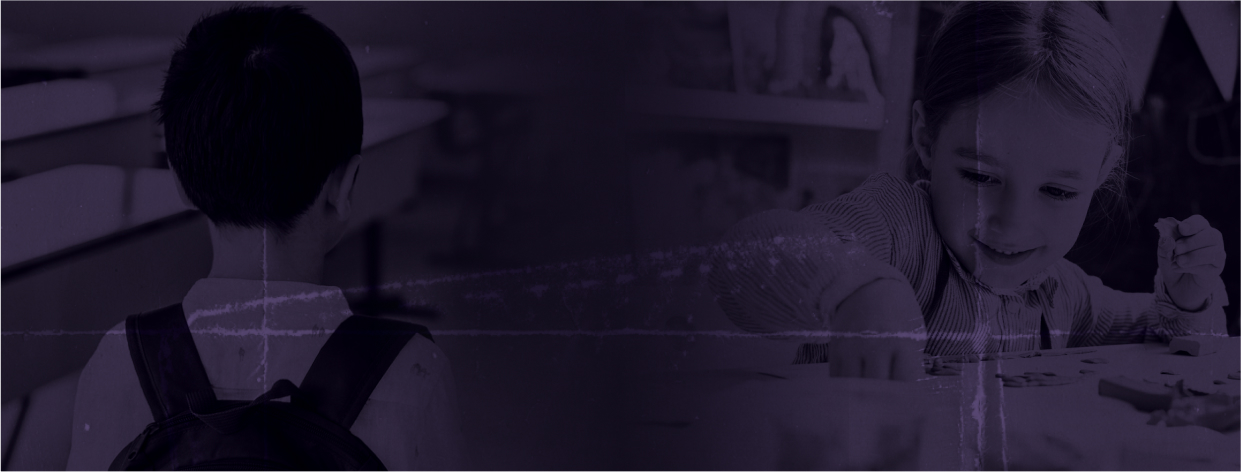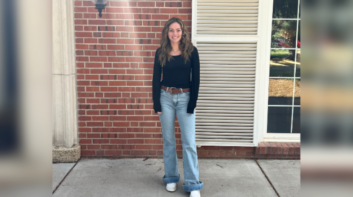After Beth Eom’s classroom was destroyed every day by a young boy in her class, she decided enough was enough.
Eom spent 16 years as a teacher at a charter school, but this past October, changed career paths and decided to become a board-certified behavior analyst (BCBA) after spending years frustrated with the lack of accountability in classrooms.
“I kind of broke,” Eom told IW Features. “I had no help from the administration. They basically would find a quick fix to appease him [the young boy in her class]. They’d give him a tablet. They would make him sit in the chair in a timeout. They would walk right out of the room, and he’d jump right back up again and do what he was doing.”
Beyond her experience working in a charter school, Eom has a level-three non-verbal autistic daughter, which in part inspired her to become a BCBA. While Eom is intimately familiar with what it takes to compassionately and correctly teach children with similar conditions, students in her classroom with situations similar to her daughter’s often behaved far worse. There was a disconnect, and Eom said she wants to fix it.
“My long-term goal is to tie the BCBA role and education role together,” Eom said. “I’ve always believed that if a child can’t learn the way that you teach, maybe you need to teach the way that they learn.”
So, Eom set out to get her BCBA certification, part of which—the master’s degree in education—Eom had previously completed. She anticipates earning the BCBA certification this November after completing a few more classes, at which point she will begin her 2000 required field hours.
One of Eom’s ideas to fix the classroom is by implementing Applied Behavior Analysis (ABA) therapy, a process that focuses on understanding and changing behavior. While ABA therapy is specifically helpful for autistic children, Eom pointed out that it can be beneficial for any child, no matter their struggles or triggers.
“Any kind of kid can benefit from ABA. Whether it’s, ‘How am I going to get through this chemistry class?’ or, ‘How am I going to handle all morning until lunchtime, when I’m hungry and I have an empty belly?’” Eom said. “My goal is, once I get my BCBA, to get back into the classroom and help the kiddos who could really benefit from ABA therapy without having to go through insurance.”
According to Eom, ABA therapy is often built in through the insurance apparatus, but with many children who do not have access to insurance, they are unable to get the educational therapy they need to be successful in school. Eom said she wants to change that.
The change begins with giving schools and teachers back their power, Eom explained, but that is only the first step.
“I know that Trump has implemented giving teachers their power back, but honestly, I feel that even teachers nowadays need more tools to help de-escalate these situations, to get the kids ready to learn,” Eom said.
Eom believes ABA therapy is that tool.
“I feel that both teachers and administrators need to be more educated in the world of ABA, just to see how things are changing, because I feel that a lot of these schools are not equipped to handle the neurodivergent and the ODD [oppositional defiance disorder] kids,” Eom said.
By better understanding ABA and why it’s helpful for children with disabilities or different learning styles, Eom explained that classroom outcomes can dramatically change.
“If teachers were more aware of how to de-escalate rather than trigger, these kids would be a lot more successful, and they wouldn’t have to worry about how they’re going to do on their tests,” Eom said. “They’d be able to acclimate to the classroom a lot better.”
Between large class sizes, uninterested school administrations, and the gentle parenting epidemic, Eom finds that there are many compounding variables which are the root causes of escalating behavioral issues in schools. Gentle parenting, for example, “stems back when the government took our rights away to be a parent,” Eom said.
According to Eom, the educational bureaucracy and current climate in schools is the perfect storm to create unruly and uncontrollable children—not to mention the widespread lack of resources for children with more specific needs. Eom witnessed this first-hand during her 16-year tenure.
“There is not enough accountability on all levels: administrators, teachers, and students. The best way to start fixing it is to start at the top,” Eom said. “Administration needs to start taking accountability for what they’re missing and what they’re not understanding, and then let it trickle down to the educators.”
When schools can focus more directly on the task at hand, their students’ success will follow, Eom said. But first, the power needs to be put back in the hands of the teachers.
“We’ve gotta stop letting businesses run our schools and let educators run our schools,” Eom said.










